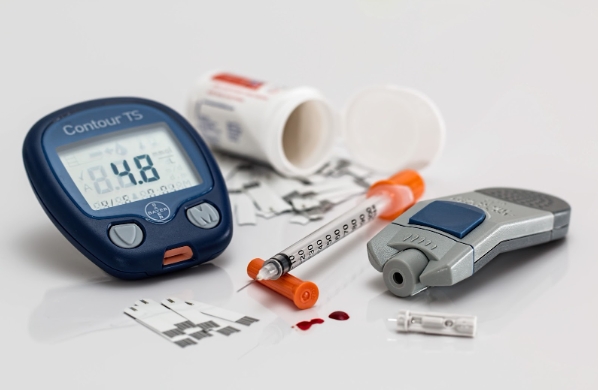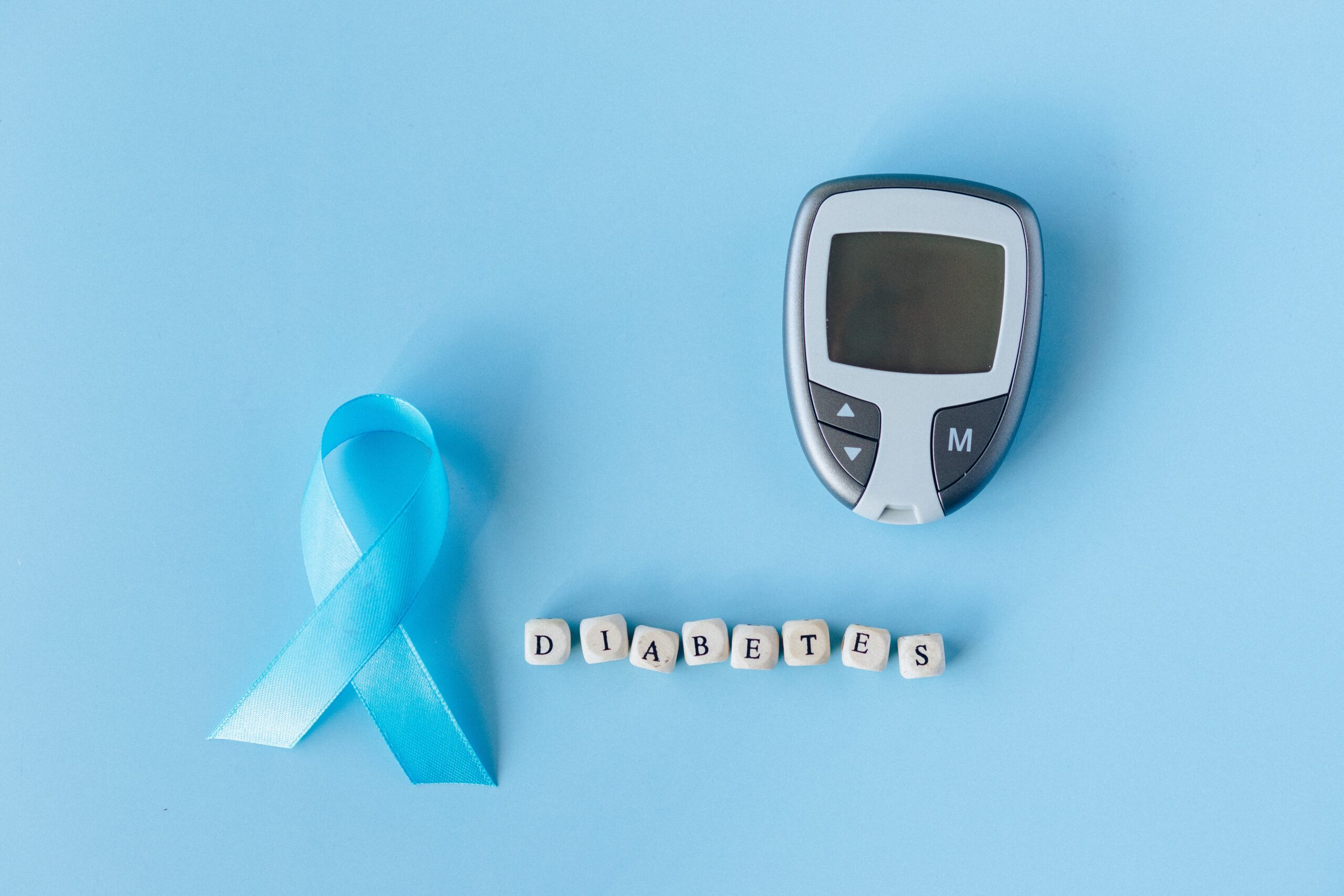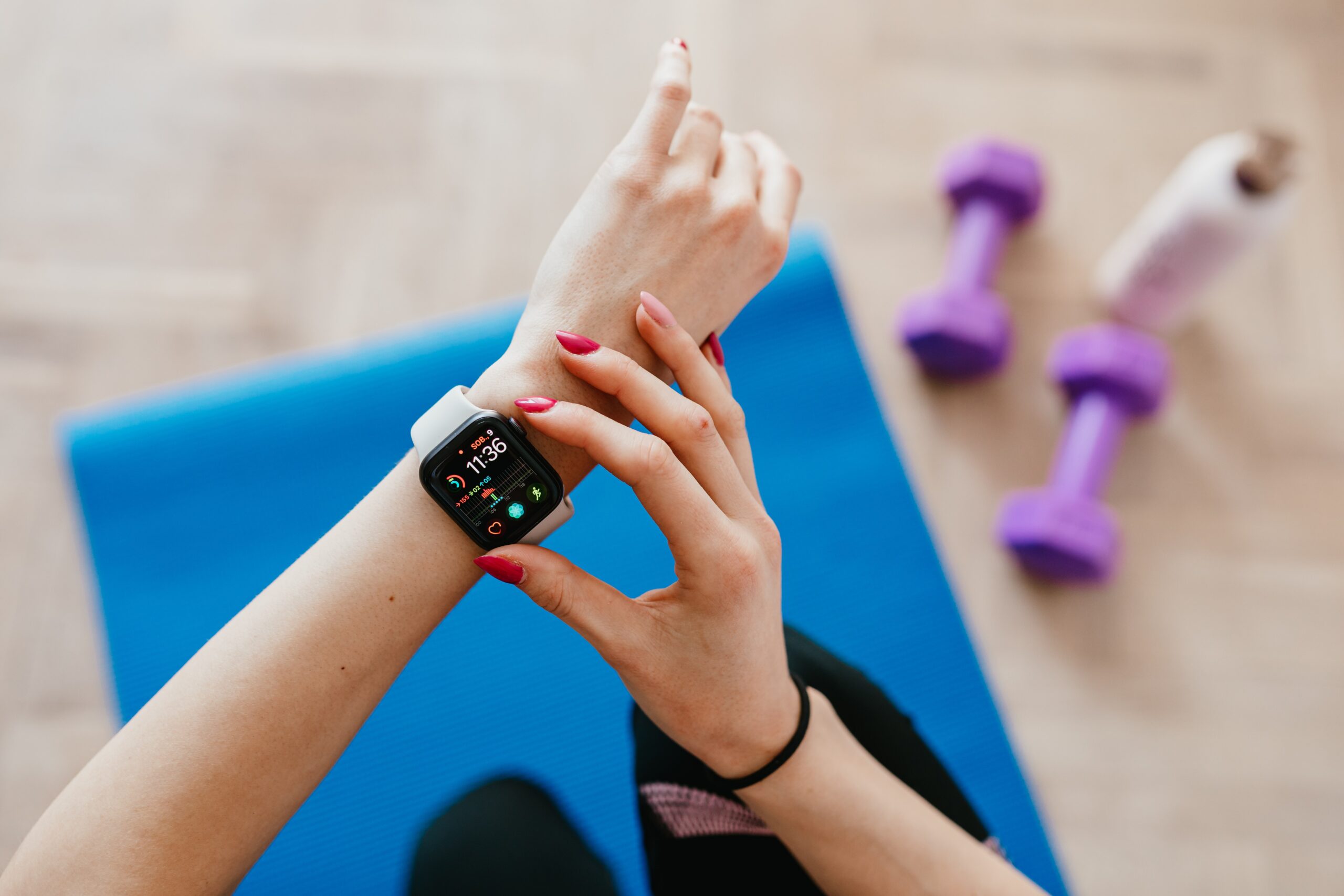Diabetes affects over 400 million people in the world, it is a condition that affects the body’s ability to control its blood sugar levels. When we eat, glucose is produced which is the body’s main source of energy. Insulin is produced in order to help the body absorb the glucose, but for those with a diabetic condition, they don’t produce enough insulin and so the glucose remains in the blood.

What are the health complications associated with diabetes?
Over time, high amounts of blood sugar levels in the body may lead to health complications, including:
- Heart disease
- Stroke
- Kidney disease
- Eye problems
- Dental disease
- Nerve damage
- Foot problems, including possible amputation in some cases.
Diabetes is a health condition that needs to be constantly monitored in order to ensure that it doesn’t lead to serious complications. There is no immediate cure for diabetes, but there are some things you can do in order to manage the condition.
Difference between Type 1 and Type 2 diabetes
There are two main types of diabetes, both are serious health conditions and both require close attention in order to regulate the body’s blood sugar levels.
Type 1 diabetes
Type 1 diabetes occurs when the immune system attacks the cells that are responsible for producing insulin. The body cannot produce enough insulin itself and those with Type 1 diabetes need to take prescribed insulin everyday in order to stay alive and keep their glucose levels under control.
Type 1 diabetes is not linked to age or weight, and it can develop over time or appear suddenly.
Type 2 diabetes
Type 2 diabetes is the most common form of diabetes, around 90% of those with diabetes, have Type 2. It causes the blood sugar levels to become too high as the pancreas is not producing enough insulin to regulate the glucose within the body. Type 2 diabetes is often linked to age, weight or a family history of the disease.
Type 2 diabetes is a lifelong condition, although in some cases, medications and improvements to lifestyle can put the condition into remission.
Managing diabetes by tracking glucose levels
The body’s glucose levels need to be tracked for managing both Type 1 and Type 2 diabetes, it indicates if you need to take a shot of insulin and helps patients make informed decisions about managing their diabetic condition.
There are two main ways that you can track blood sugar levels in the body, either with a Blood Sugar Meter, or with a Continuous Glucose Monitor device.
Managing diabetes with a Blood Sugar Meter
A Blood Sugar Meter is a device that allows patients to measure their glucose levels. Patients use a lancet in order to prick their finger and draw a drop of blood. They then squeeze their blood onto a test strip and insert it into the metre to gain a reading of their glucose levels.
It is recommended that this test is performed multiple times throughout the day and particularly before meals and at bedtime.
Managing diabetes with a CGM – Continuous Glucose Monitor
A Continuous Glucose Monitor uses a small sensor that is inserted into the skin, usually around the stomach area or in the arm. This device continuously monitors glucose levels, without the need for using a prick test.
A Continuous Glucose Monitor is an advanced piece of medical technology. It can sound an alarm when glucose levels drop or are too high and some versions even send out an alert to a chosen emergency contact.
As technology advances, so does the field of medical technology, which is great news for those with a diabetic condition. A CGM conveniently displays current glucose levels and can even track data so that users can analyse their glucose trends.
Managing diabetes with changes to the diet and lifestyle
Whilst there is no cure for Type 1 diabetes, both Type 1 and Type 2 diabetes, can be managed with better diet and lifestyle choices. It can help reduce the risk of diabetic related conditions and improve your overall health.
Some of the changes to your diet and lifestyle for managing diabetes, include:
Stop smoking
Diabetes increases your risk of heart disease, strokes, kidney disease, nerve damage and foot complications, smoking also increases the risk of the conditions so it is strongly advised to quit smoking in order to manage the risks associated with diabetes.
Eat healthy
For those with diabetes, what you eat determines your blood sugar levels, so it’s important to eat healthy and include lots of fruit, vegetables and lean meats into your diet. You should also watch your carb intake as carbohydrates turn into sugar, so try to keep your carb intake consistent to avoid any major spikes in your blood sugar levels.
Exercise
Exercise is very important for helping to manage diabetic conditions. It can help reduce your blood sugar levels and it promotes a healthy heart which is good for reducing your risk of heart disease.
Monitor your alcohol intake
Like foods, the amount of alcohol consumed can also impact your blood sugar levels. Many alcoholic drinks also include carbs which turn into sugar and increase your blood sugar. You should check your glucose levels before consuming alcohol and ensure that you take steps to avoid low blood sugar levels.
Maintain a healthy weight
Maintaining a healthy weight is important for managing diabetes, it helps to regulate your blood pressure, cholesterol and reduces the risk of heart complications. Exercise is also good for lowering glucose levels in the blood, which can make managing diabetes easier.
Manage stress
Stress can increase your blood sugar levels which isn’t good for regularly managing your diabetes. Try to manage stress by taking walks, doing yoga, meditation or any other method for relieving stress.
Managing diabetes with regular health check ups
Regular health check ups are very important for managing your diabetes. You should aim to see a doctor, or other health professional, at least twice a year to evaluate your diabetic condition. Your doctor will be able to evaluate your heart health, eye health and check for foot problems such as ulcers or nerve damage.




